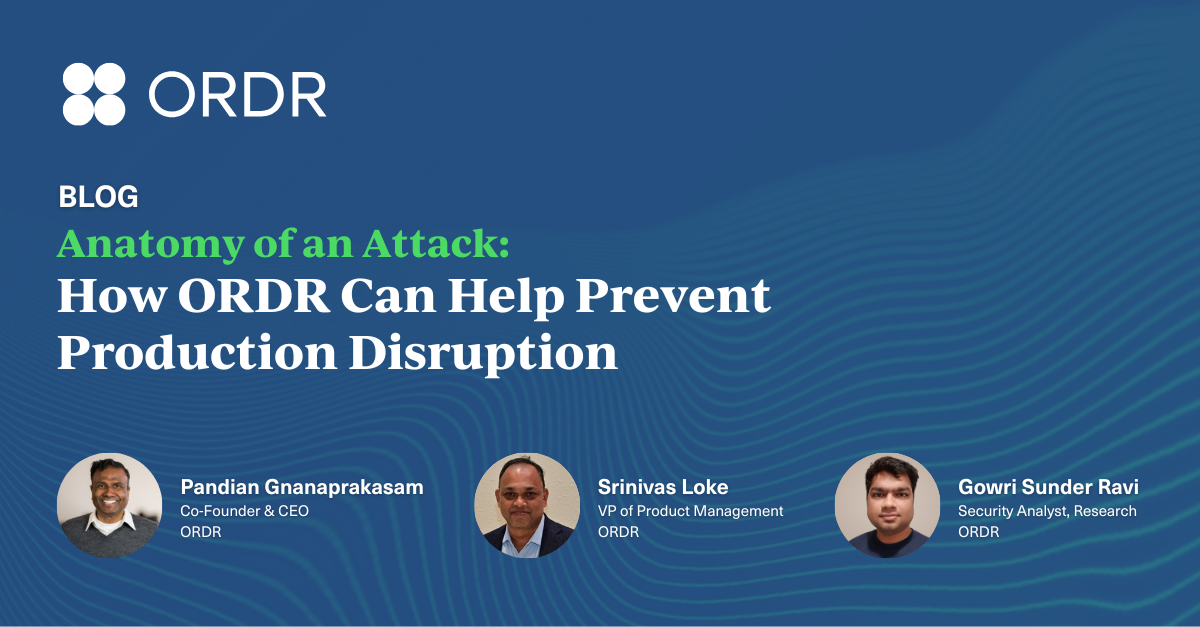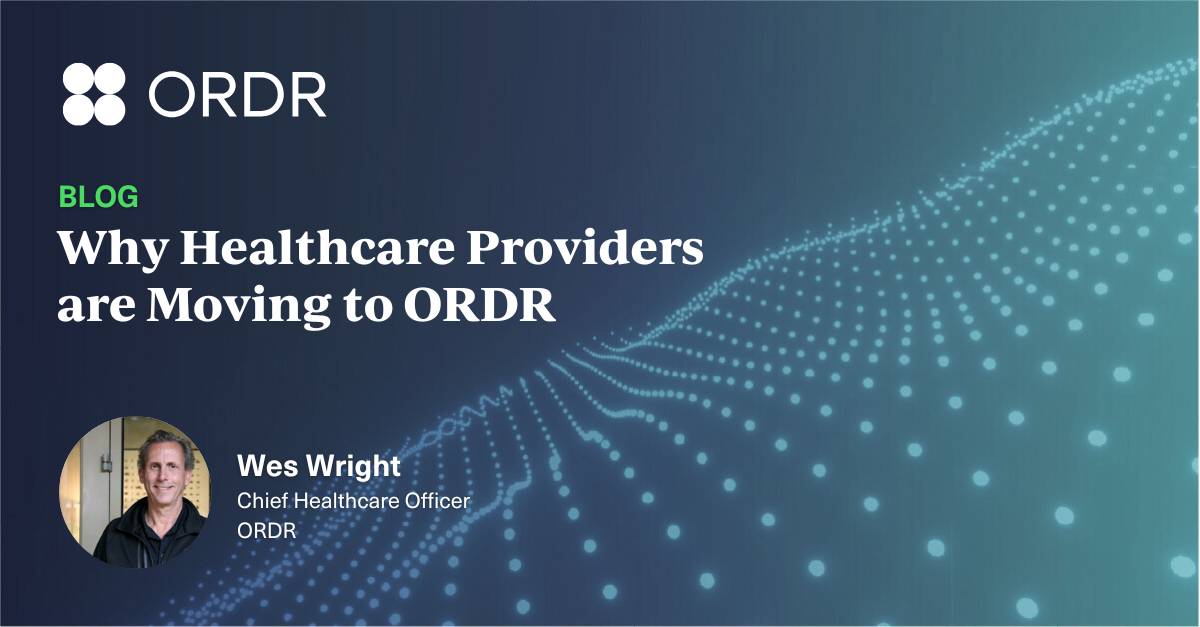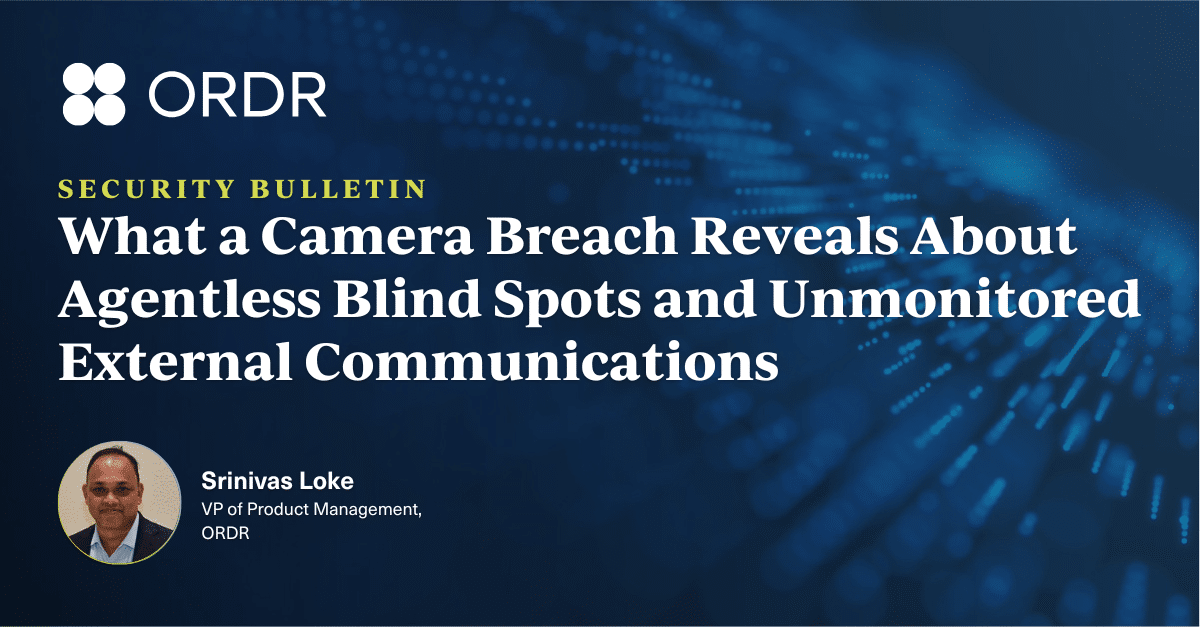I’ve worked in a lot of healthcare environments. I’ve led some. And I’d be surprised — truly surprised — if most orgs had inventory accuracy above 80%.
If that sounds familiar, you’re not alone. Teams are doing their best with limited staff and shrinking budgets, but manual processes and disconnected systems don’t cut it anymore.
Especially when healthcare records are worth a thousand dollars each on the black market.
What 80% Accuracy Actually Looks Like
The ghost device problem. Every “Oh, we still didn’t find these 10 laptops” conversation represents both security risk and wasted resources. But it’s bigger than missing hardware — it’s about systems you don’t know are connecting to your network.
The ownership gap: HTM owns medical devices, IT owns infrastructure, Security handles monitoring, Facilities covers building automation. No one owns the complete picture, and everyone assumes someone else is handling the gaps.
The response delay: When your CISO needs to isolate an infected device, can you immediately say what it is, who logged in, what it communicated with, and how to contain it? If your answer involves calling around to different departments, you’re already behind.
As one healthcare executive told me: “I want eyes everywhere because it’s all going to be my name splashed up on that website if something bad happens.”
Why Manual Approaches Are Breaking Down
Traditional annual audits, spreadsheets, and assumption-based management can’t keep pace with today’s healthcare technology environment:
Dynamic connectivity: Devices connect and disconnect constantly. Your inventory from last month is already outdated.
IoMT proliferation: Medical devices never designed for network connectivity are now essential infrastructure components.
Resource constraints: You’re doing more with less staff, tighter budgets, and increasing regulatory pressure.
The Real Cost of Incomplete Visibility
Here’s the uncomfortable truth: if you can’t afford comprehensive inventory capabilities, you definitely can’t afford the alternative.
Consider what incomplete visibility actually costs:
- Average healthcare breach: $4.88 million
- Ransomware incidents can shut down operations for weeks
- Compliance failures result in fines and reputation damage
- Daily operational inefficiencies from blind spots add up
As one industry expert put it: “How many of us can really afford a cyber attack? How many of us want our name splashed on the news? It’s the duality of trying to serve your community and stay whole while keeping them trusting you.”
From Reactive to Strategic
The most successful healthcare organizations are shifting their approach entirely, building inventory as a strategic capability:
Real-time visibility across every connected asset — IT, IoMT, and OT systems.
Contextual intelligence that goes beyond “what” to include “where,” “who,” “how,” and “what if.”
Automated processes that don’t rely on manual updates or heroic efforts from overextended teams.
The Executive Reality
This isn’t just a technical challenge — it’s a business imperative requiring executive attention.
During recent industry discussions, healthcare leaders debated ownership. Outside healthcare, over 70% of CISOs report directly to the CEO, while healthcare lags far behind.
The consensus? You need “a programmatic approach to governance and policy and process to manage and mitigate risk around all those assets on the network.”
Making the Investment Case
When healthcare leaders ask about ROI for comprehensive asset intelligence, the math is straightforward:
Cost of gaps: Breach recovery, compliance fines, operational downtime, reputation damage.
Cost of solutions: Automated discovery, real-time monitoring, contextual intelligence.
The multiplier effect: Strong inventory enables better operations, informed budgeting, and faster incident response.
As one CTO explained: “We’re in application rationalization mode with frozen budgets. We need enterprise solutions that help us do multiple things at once, effectively and securely.”
The Bottom Line
80% accuracy might have been acceptable when networks were simpler and the stakes were lower, but today’s healthcare environment demands comprehensive, real-time asset intelligence. That missing 20% is where the biggest risks and inefficiencies hide—and it’s exactly what keeps organizations stuck in a cycle of scrambling and uncertainty.
ORDR breaks that cycle. With real-time, automated asset intelligence, you finally get the complete, up-to-date picture you need—no more blind spots, no more “good enough”.
Don’t let that missing 20% be the reason you’re in the headlines. Let’s talk about how ORDR can help you close the gap.

Interested in
Learning More?
Subscribe today to stay informed and get
regular updates from ORDR Cloud



